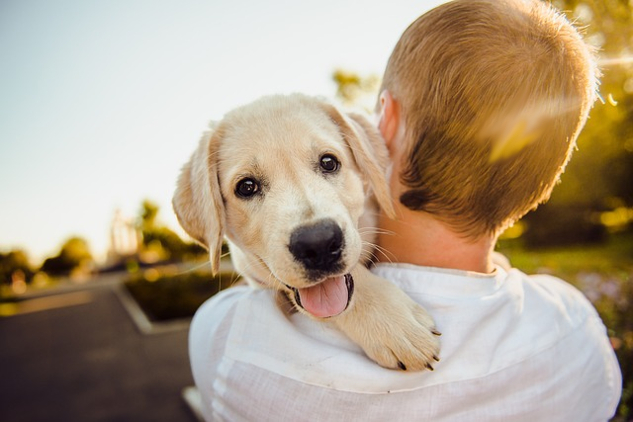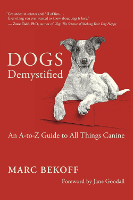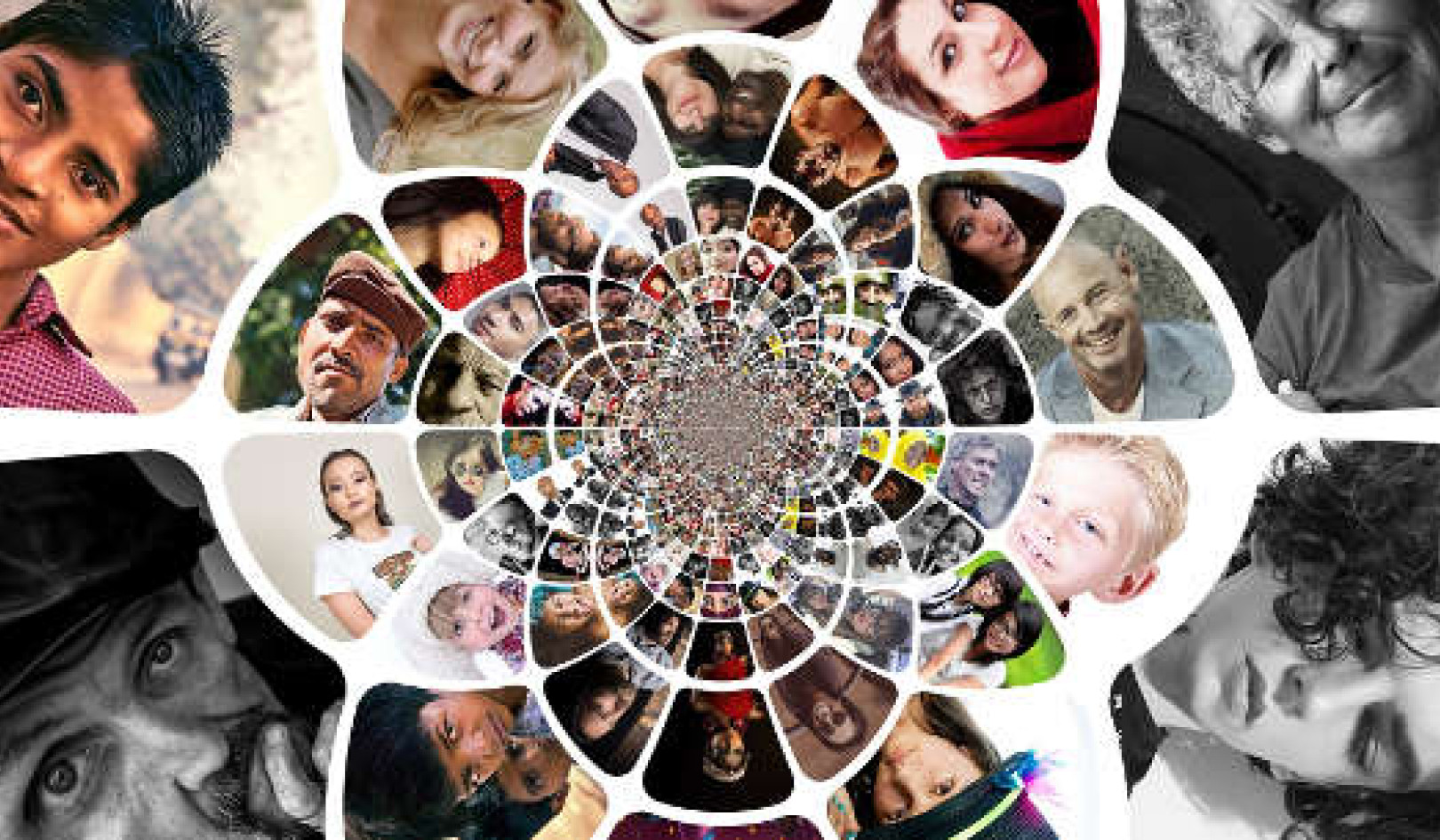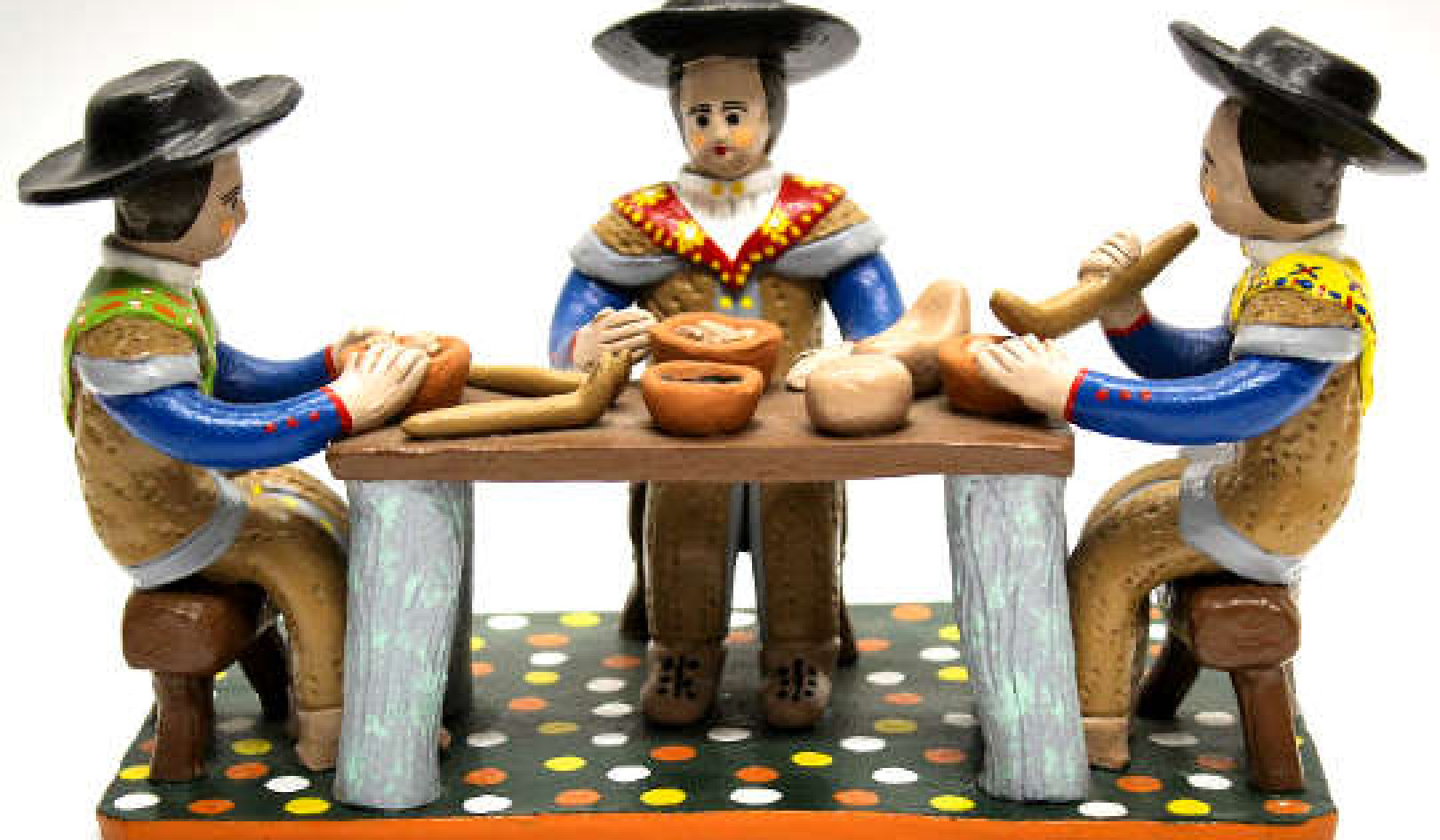
Image from Pixabay
In order to understand dogs, we have to actually see and appreciate dogs for who they are. We also need to pay attention to how we are looking — are we bringing any preconceived notions about the cognitive and emotional capacities or limits of dogs? Those assumptions can affect what we see, who we see, and our conclusions.
I often encourage people to conduct their own citizen science with their own dog or with the dogs they meet. I ask them to try as hard as they can to see the world from a dog’s perspective or to “become a dog” in the way an ethologist would. Seeing dogs rather than merely looking at them allows us to get into their heads and hearts.
For me, it’s really a lot of fun to watch and study dogs, and you don’t need to be a trained, credentialed, card-carrying scientist. Anyone who retains their childlike curiosity and who wants to know more about dogs can build a database of canine behavior and draw useful, practical conclusions. In this way, dogs can rekindle our youthful curiosity.
How to Be a Citizen Scientist
Historically, citizen science has contributed a lot of detailed and useful information about dogs, and you can use what you learn to help you decide which behaviors you should encourage and which you should discourage — with the main goal being to allow your dog to be as much of a dog as possible, rather than imagining them like a furry human running around on all fours.
Citizen scientists are amateur naturalists — and curious naturalists — who have contributed to the knowledge base for a wide variety of nonhumans. I talk with people a lot when I’m at a dog park or in nature as their dogs are playing, peeing, and just doing what dogs do, and I always learn something.
During the Covid pandemic, when many people had to work at home, I received many emails telling me that as people were spending more time with their companion dog, they were learning more about who they were and appreciating them more. One hard-core scientist — in his own words — told me that he came to respect the field of animal behavior more because figuring out what his dog was doing was a challenge, one that was no less difficult than his field of particle physics.
Understanding A Dog’s Feelings
Understanding what dogs are feeling is critical to any attempt to figure out why they do what they do. Dogs have rich and deep emotional lives, and we must honor and respect this bona fide scientific fact whenever we interact with them.
Treating dogs as if they don’t have emotions is antiscientific, and it damages the relationships dogs form with us and other dogs. Dogs not only care about what happens to themselves, but they also care about what happens to other dogs and their humans. They read us well; what we’re feeling goes down leash.
Healthy dog-human relationships are a two-way street and require mutual tolerance and respect, and it can be a lot of fun building and maintaining strong and enduring bonds — which is a win-win for all. We need to meet dogs halfway to build and maintain reciprocal, give-and-take relationships. It isn’t all about us.
We must learn to know “dog,” and dogs must learn to know “human.” In other words, dogs depend on the people who live with them to become fluent in dog — to be dog literate — so we humans can understand what our dogs are trying to tell us.
The Puzzle of "Dog"
A good analogy is that a dog-human relationship is a puzzle, and our mutual goal is to assemble an entire puzzle that works for all concerned. Of course, the shape of the pieces is constantly changing, and this is part of the game I find especially fun and exciting. The main challenge is fitting the pieces into a coherent whole while recognizing that the “best fit” will vary from dog to dog and relationship to relationship and even over time.
The number and shape of the pieces can vary depending on the personalities of the dog and their humans. Humans must adjust their lives to accommodate their dog’s needs, and dogs must learn and unlearn certain behaviors — like peeing wherever they like, chasing, humping, jumping on people, sniffing crotches, and so on — to adapt to their human-oriented world.
To work on your puzzle and gain a better understanding about what’s happening for your dog, make a list of the different variables and make a drawing of a dog’s head, ears, tail, mouth, facial expressions, gaits, and postures, and then consider odors, sounds, and visual signals in the different situations in which you and they interact. One guiding principle for me is that I imagine it’s every dog’s wish to be able to pee on everything in the world, and it’s my job to restrict these peeing proclivities without damaging their dogness or self-image.
It can be quite challenging to make sense of the inflowing and outgoing information, but it also can be loads of fun. By doing this, you get to know your own dog better, and they get to know you better, and these shared emotions and knowledge can function like “social glue,” which is mutually beneficial.
Some people might think: What a pain this is! I just want a dog and I want them to be happy. But in the long run, if you take the time to get to know your dog better, it’s a win-win for everyone. Looked at this way, it’s a gift rather than a chore.
Stripping a Dog of their Dogness?
We strip far too many dogs of their dogness, and surely we can do better — much better! Some people also try to strip dogs of their rich and deep emotional lives, which flies in the face of loads of scientific data — dogs are not simply a bundle of unthinking reflexes. In fact, we can learn about our encounters with other humans by paying attention to how dogs interact with dogs and us.
Dog aficionada Sarah Murphy told me,
“I have raised three kids, and worked in multiple high-profile management jobs, and yet I have learned more about raising, partnering with, and working with humans from my dogs than anything else in my life.”
In many ways, we’re a planet of and for the dogs. So let’s do the best we can because it would be a lonely planet without these amazing beings.
Why Do You Do That? Questions for Our Dogs
In November 2021, Jessica Pierce and I did a presentation for our book A Dog’s World: Imagining the Lives of Dogs in a World Without Humans. In the audience feedback, we learned that so many people, even those who “know” dogs, wanted to know more, and that’s partly what inspired me to write this book. Then, when I started writing it, I asked people I knew — both dog experts and personal friends — to share with me some of the questions they wished they could ask their dogs. If dogs and humans spoke the same language, what would people want to know about how their dog feels and what dogs think about us, their lives, and the world we share?
There are some general trends in people’s questions. People want to know if their dogs are happy and content and what their humans could do to improve their lives. They want to know their dog’s history — what happened to the dog before they were adopted, and how dogs experience their own canine families. Some people, recognizing individual differences, asked different questions for each of their dogs.
I also wonder what dogs would ask of us. This is an equally important question to consider. Jethro, the last dog with whom I shared my home and heart, was a large couch dog. Nothing pleased him more than plopping down next to me — all his ninety pounds of muscle and often unpleasant odors — and simply staring at me, as if to say, What do you want from me?
Questions You Might Want to Ask Your Dog
Jules Howard, zoologist and author of Wonderdog:
The first question I’d ask Ozzy (our lurcher) would be, predictably, “Is this love? ” I’ve thought for a long time about dogs and what we can infer about their emotions (and the strength of their attachment) by considering their day-to-day interactions with us. Of course, it’s clear that they can feel something we would describe as love.
The second question would be a little more left field. I often wonder about the emotional responses Ozzy gets from sniffing certain smells. It would be fascinating to know whether these smells elicit in Oz memories of events long gone, as seems to happen in humans.
Heather McWilliams Mierzejewski, avid doggie foster mom, cycling buddy, and marketing director at Tribute Technology:
I don’t think I have just one question because I would ask every dog something different. They are all so different. For instance, my current dog Jett pretty much tells me things already. So, if I want to know something, I just ask him.
If I truly only had one question, I would ask, “How self-aware are you? ” That question feels really loaded with “human” and not so much “dog.” I’m curious, though, because if animals are truly self-aware the way humans are, it should inform a lot of change in our society with regards to how we treat nonhuman animals.
Copyright 2023. All Rights Reserved.
Adapted with permission of the publisher,
New World Library — www.newworldlibrary.com.
Article Source:
BOOK: Dogs Demystified
Dogs Demystified: An A-Z Guide to All Things Canine
by Marc Bekoff.
 Dr. Marc Bekoff is an expert at turning cutting-edge science into practical, reader-friendly information. The encyclopedic entries in this book cover everything related to dog care, dog-human relationships, and dog behavior, cognition, and emotions, making this the accessible book that every dog lover should have.
Dr. Marc Bekoff is an expert at turning cutting-edge science into practical, reader-friendly information. The encyclopedic entries in this book cover everything related to dog care, dog-human relationships, and dog behavior, cognition, and emotions, making this the accessible book that every dog lover should have.
In concise, readable A-through-Z entries, Marc Bekoff covers it all, from aggression to pack formation to zoomies, and explores why dogs do what they do; exactly how to meet any dog eye-to-eye, nose-to-nose, and ear-to-ear to understand their world better; and how tuning in to a dog’s unique personality leads to happier dogs and happier human companions.
For more info and/or to order this book, click here. Also available as a Kindle edition, an Audiobook and an Audio CD.
About the Author
 Marc Bekoff is the author of Dogs Demystified, as well as thirty-one other books (or forty-one if you count multivolume encyclopedias). He is professor emeritus of ecology and evolutionary biology at the University of Colorado, Boulder; has won many awards for his research on animal behavior, animal emotions (cognitive ethology), compassionate conservation, and animal protection; has worked closely with Jane Goodall; and is a former Guggenheim Fellow.
Marc Bekoff is the author of Dogs Demystified, as well as thirty-one other books (or forty-one if you count multivolume encyclopedias). He is professor emeritus of ecology and evolutionary biology at the University of Colorado, Boulder; has won many awards for his research on animal behavior, animal emotions (cognitive ethology), compassionate conservation, and animal protection; has worked closely with Jane Goodall; and is a former Guggenheim Fellow.
Visit him online at MarcBekoff.com.
More books by this Author.

























